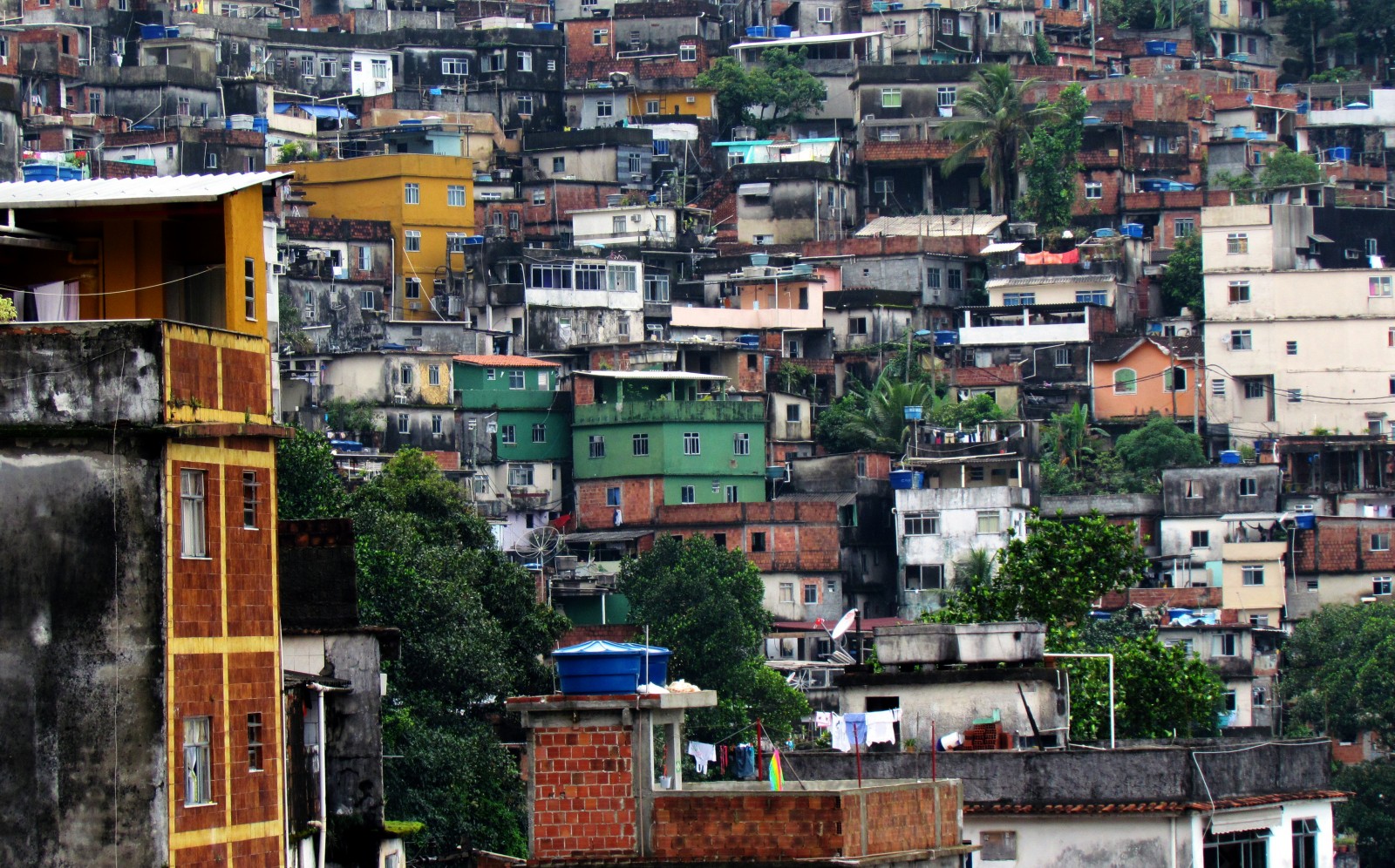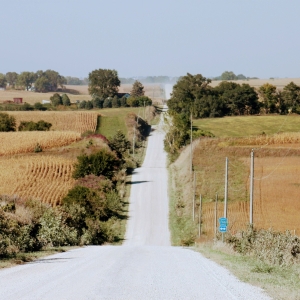The Stream, March 6, 2024: Why Uganda’s Nyamwamba River is Flooding Like Never Before

Riocinha Favela, Rio de Janeiro, Brazil. Photo courtesy David Berkowitz via Flickr Creative Commons
YOUR GLOBAL RUNDOWN
- In Texas, arid conditions have fueled one of the state’s largest wildfires — while sudden precipitation briefly helped with containment.
- Just a “light rain,” Catalan officials say, would be enough to avoid additional emergency water restrictions in the northeastern region of Spain.
- Hot temperatures and frequent rains have contributed to an outbreak of dengue fever in Rio de Janeiro.
- Climate change in western Uganda has turned the Nyamwamba River into a flooding force, destroying thousands of homes and killing dozens of people in recent years.
Between 150 and 300 organizers broke into a chemical plant near Lyon, France, to protest the production and dispersal of PFAS “forever chemicals.”
“We want to close [the] door for the ‘forever chemicals’ that Arkema is dumping into the Rhone River. And at the same time, we want to open the door because everything that’s happening here is being done in secret.” — Julien, a spokesperson for the organizers.
French authorities arrested eight people near the city of Lyon after at least 150 organizers broke into a factory owned by Arkema, a chemical manufacturer, France24 reports. Last year, the company faced criminal charges for contaminating the region with PFAS runoff from their facility, leading to high levels of microplastics in residents’ and employees’ blood, Le Monde reports
At the factory, the group unfurled banners and covered surfaces with graffiti, spray painting phrases such as “PFAS tell the truth” and “Arkema is poisoning us.” Another chemical company, Daikin, is considering building a similar production plant nearby, but has pledged not to pollute as Arkema has.
— Christian Thorsberg, Interim Stream Editor
Recent WaterNews from Circle of Blue
- New Report Sparks Questions and Controversy over Possible Causes for Iowa “Cancer Crisis” — Binge drinking doubted as cause of Iowa’s rising cancer incidence.
- Water Depletion: A Pivotal Concern In Mexico’s 2024 Election — Of the country’s 32 states, 30 are experiencing dire water shortages, leading to big street protest
The Lead
Since the 1960s, Uganda’s climate has warmed by an average of 2.3 degrees Fahrenheit, a change that has contributed to unusual river flows in the nation’s western Rwenzori Mountains.
The country’s precious few alpine glaciers have shrunk by 90 percent since 1900, and the region’s heat and humidity are contributing to more frequent torrential rains. As a result, the Nyamwamba River, on which local communities depend for freshwater and fishing, is becoming a volatile beast. Its flooding has destroyed farmland, bridges, and homes.
During a flood in March 2020, some 25,000 homes were destroyed in a single day, Mongabay reports.
It isn’t just climate change — upstream sand mining and deforestation has eroded its banks, making flows more destructive when the river rises. “Between 2020 and 2022, 35 people were killed by flooding along the river, and 16,063 became homeless,” Mongabay reports.
This Week’s Top Water Stories, Told In Numbers
1.1 million
Acres burned so far in the Smokehouse Creek Fire, which ignited nine days ago. The fire is spreading across the Texas panhandle, a historically arid region which this winter has seen temperatures close to 30 degrees Fahrenheit above average, the New York Times reports. Already the largest wildfire in state history, there are “enhanced chances” that continued dry weather and heat will spread the fire and potentially ignite others this summer, scientists warn. Only 3 percent of the fire was contained last week, until brief rains helped crews increase their control to 37 percent, as of Tuesday night. Two people have died, and more than 500 structures have been destroyed.
42,000
Cases of dengue fever counted so far in Rio de Janeiro, after an outbreak last month triggered the declaration of a public health emergency, AP reports. The disease is transmitted to humans by mosquitoes, which reproduce particularly well in high temperatures and where standing water is present. Frequent rains have contributed to this latter condition, as has a lack of covered infrastructure throughout the city. Each day, crews are sent to search in neighborhoods for where mosquitoes can lay eggs. According to AP: “Even the cap of a plastic bottle, if filled with rain water, can become breeding ground for larvae.”
On the Radar
David Mascort, the Catalan regional government’s environmental chief, said that just a “little rain” would be enough to prevent further water restrictions in the area. A state of emergency affecting six million people was announced in early February, limiting home water usage, swimming pools, and irrigation, Reuters reports. If May and June are as wet as they were last year, which were historically low, he said, there is a high likelihood that the measures can be eased.
More Water News
Klamath Basin Agreement: In Oregon, the Klamath Tribes, Yurok Tribe, Karuk Tribe, and Klamath Water Users Association came to a conservation agreement last month to “identify restoration goals to improve water supply reliability,” Oregon Public Broadcasting reports. The Department of the Interior also pledged $72.7 million to build relationships and help with restoration projects.
The Power of Mama: In Borneo, an all-woman firefighting squad trained to extinguish peatland fires is helping preserve soil health, freshwater resources, and rainforest homes during the dangerous dry season, BBC reports.
Christian Thorsberg is an environmental writer from Chicago. He is passionate about climate and cultural phenomena that often appear slow or invisible, and he examines these themes in his journalism, poetry, and fiction.






Leave a Reply
Want to join the discussion?Feel free to contribute!